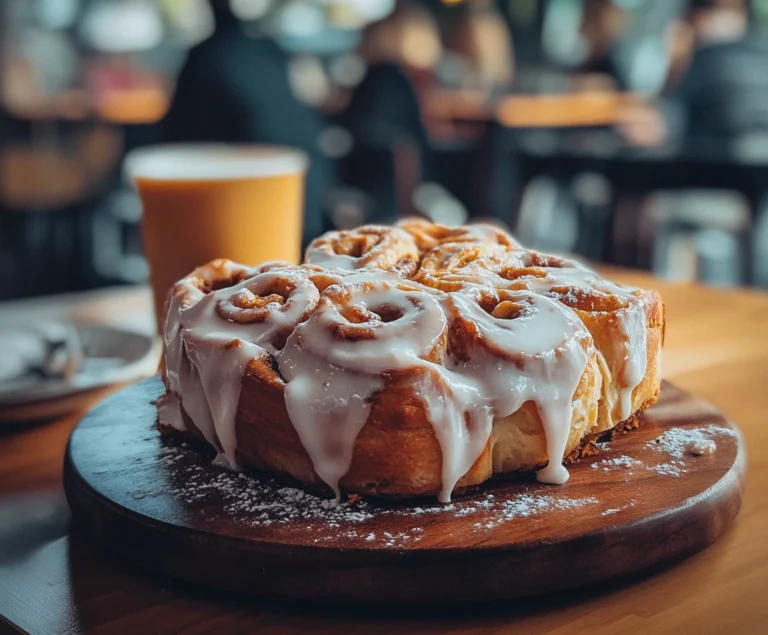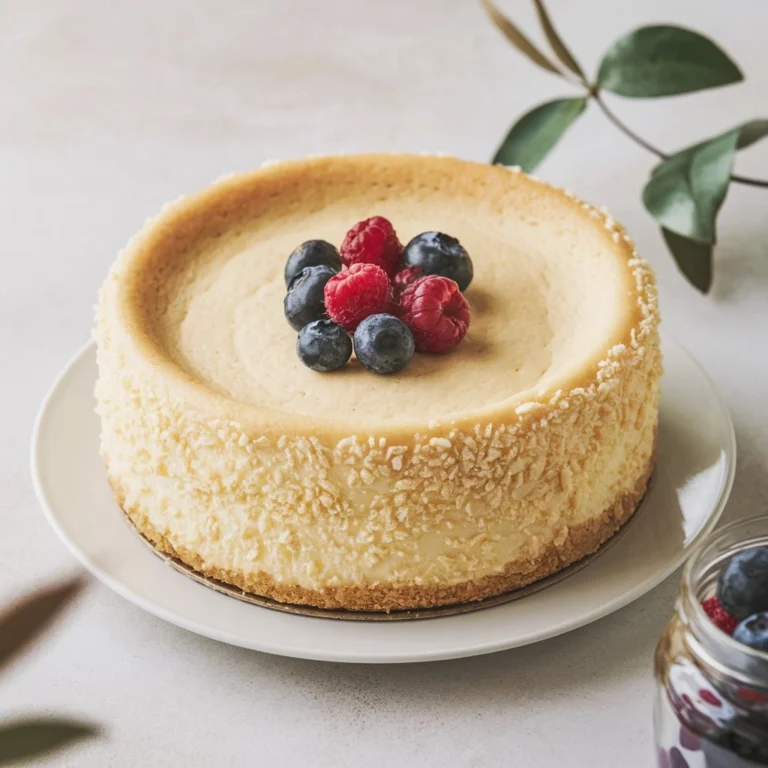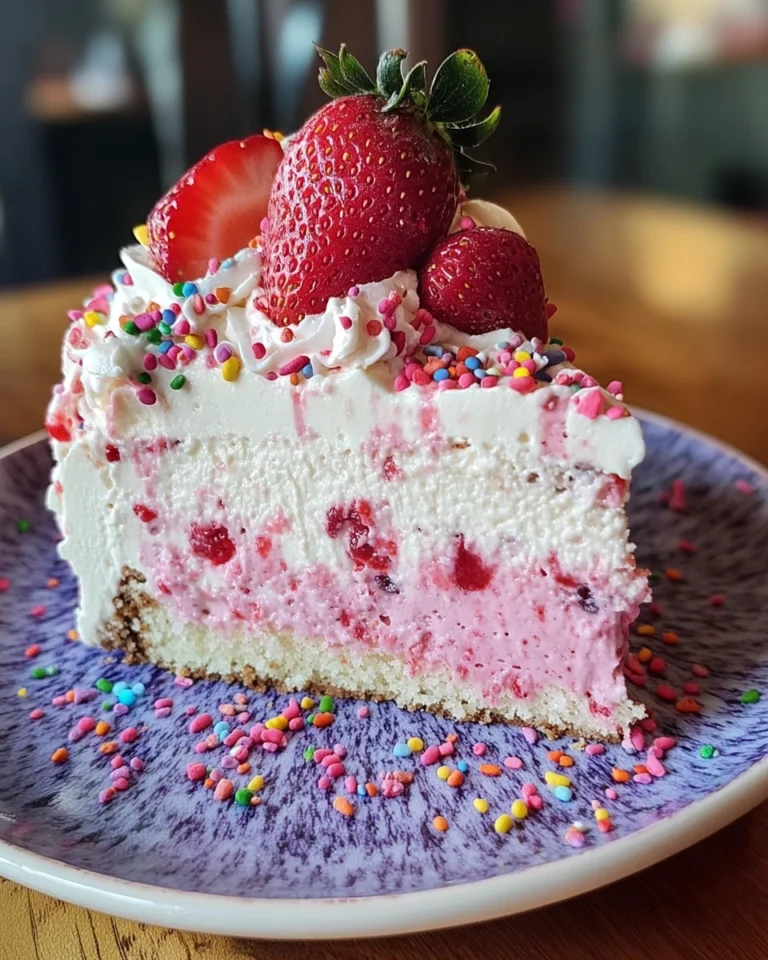What’s the Difference Between Pie Filling and Cobbler?
In the world of fruit-based desserts, few rival the iconic status of pies and cobblers. These two dishes share a few commonalities, such as fruit fillings and sweet toppings, but they offer entirely different experiences in terms of texture, flavor, and presentation. Whether you’re a pie enthusiast or prefer the rustic charm of a cobbler, understanding the key differences between the two will help you appreciate these desserts even more.
In this comprehensive guide, we’ll explore everything from their historical roots to modern variations, taking a close look at what makes pie filling and cobbler distinct. By the end of this article, you’ll know exactly which dessert suits your preferences and how to make both like a pro.
The History of Pie and Cobbler
The Origins of Pie
The pie is an ancient dessert with roots tracing back thousands of years. Pies as we know them today evolved from the concept of wrapping food in a pastry shell. Early versions of pies were not filled with sweet fruits but rather savory ingredients like meat and cheese. These early “pies” were used as a way to preserve and transport food. The Egyptians, Greeks, and Romans all had versions of pies, but it wasn’t until the Middle Ages that pies as a sweet dessert started to emerge in Europe.
The addition of fruit fillings to pies didn’t become widespread until the British popularized it in the 16th and 17th centuries. The pastry shells became sweeter and more refined, and fillings like apples, cherries, and peaches took center stage. By the time colonists brought pie to America, it had become a symbol of comfort and tradition. The American apple pie, in particular, became synonymous with national pride, coining the phrase, “as American as apple pie.”
Today, pies remain a versatile and much-loved dessert, enjoyed in both sweet and savory forms, though sweet fruit pies are by far the most common.
The Origins of Cobbler
Cobblers, by contrast, are a more rustic invention with roots in colonial America. The dish was born out of necessity when British settlers in the New World were unable to make traditional pies due to a lack of ingredients and proper ovens. Without access to the usual pie pans or delicate pastry dough, they adapted by creating a simple topping from biscuit dough or batter, which they “cobbled” together over a fruit filling. Hence, the term “cobbler” was born.
The use of local fruits like peaches, berries, and apples made cobblers a staple in American homes, particularly in the South. While pies often represented formality and celebration, cobblers became a symbol of comfort, warmth, and simplicity. This explains why cobblers are often served at informal gatherings, potlucks, and barbecues, while pies might appear at more formal events like holidays and weddings.
Today, cobblers are beloved across the country and can be made with various toppings, from the classic biscuit dough to cake-like toppings, making them a flexible dessert for any occasion.
Key Differences Between Pie and Cobbler
Though both desserts feature fruit fillings, pies and cobblers differ dramatically in their structure, texture, and preparation. Let’s break down the core differences:
1. The Crust vs. Topping Debate
One of the most obvious differences between a pie and a cobbler lies in the crust or lack thereof.
- Pies are defined by their crust, typically made from flour, fat (usually butter or shortening), and water. Most pies have a bottom crust, and some also include a top crust. The crust is meant to enclose the filling and provide a flaky, buttery contrast to the soft interior. The crust serves both a functional purpose—holding the filling in place—and a flavor contrast, as its richness complements the sweetness of the fruit.
- Bottom Crust: The foundation of a pie. It must be sturdy enough to hold the filling without becoming soggy. Pie crusts are often blind baked (baked on their own without filling) to ensure they remain crisp.
- Top Crust: The top crust can come in several forms. Traditional pies may have a full top crust, while others might have a lattice design or even crumble toppings.
- Cobblers, on the other hand, do not have a bottom crust. Instead, they feature a topping that’s either dolloped or spread over the fruit before baking. The most common cobbler topping is biscuit dough, though variations with cake batter or pastry can also be found. The lack of a bottom crust gives cobblers a more rustic appearance and a simpler preparation process, which many home cooks appreciate.
- Biscuit Topping: Biscuit dough is a common cobbler topping. It bakes into a tender, slightly crispy layer that absorbs some of the juicy fruit beneath. This adds a savory element that contrasts beautifully with the sweet fruit.
- Cake-like Topping: Some cobblers use a cake batter instead of biscuit dough. This variation creates a softer, spongier topping that more closely resembles a shortcake.
2. Filling Consistency and Flavor Profile
Another major difference between pies and cobblers lies in the consistency of the filling.
- Pie Filling is usually thicker and more structured than cobbler filling. Because pies need to hold their shape when sliced, the filling is often thickened with cornstarch, flour, or tapioca to prevent it from becoming runny. Pie fillings are also more likely to be pre-cooked on the stove before being placed in the pie shell, ensuring they set properly during baking.
- Cobbler Filling is typically juicier and more freeform. Since there’s no bottom crust to worry about, cobbler fillings don’t require as much thickening. Instead, the natural juices from the fruit mix with sugar and sometimes a small amount of flour or cornstarch, creating a syrupy consistency that gets absorbed into the biscuit or cake topping. This makes cobbler a more casual dessert with a rustic presentation.
For more details on the role of fruit in these desserts, visit our guide to peach cobbler with cake mix.
3. Ease of Preparation
- Pies are generally more labor-intensive to prepare. The crust must be rolled out and carefully fitted into a pie dish. If the recipe calls for a top crust, it must be added and sealed properly, which can take time and skill. Additionally, pies often require blind baking or pre-cooking the crust to prevent sogginess.
- Cobblers, by contrast, are known for their simplicity. With no need to roll out dough or worry about a bottom crust, cobblers come together quickly. The biscuit topping is usually spooned or poured over the fruit, making it a more forgiving dessert for novice bakers.
Because of the simpler preparation, cobblers are often a go-to choice for weeknight desserts or casual gatherings, while pies might be reserved for special occasions.
Detailed Overview of Pie Fillings
Types of Pie Fillings
Pie fillings are versatile and come in many flavors, ranging from fruits to custards to savory ingredients. Here’s an in-depth look at the most common types of pie fillings:
1. Fruit Fillings
The most iconic pies, particularly in the U.S., are made with fruit fillings. These fillings are usually thickened with cornstarch, flour, or tapioca to ensure the pie holds its shape when cut.
- Apple Pie Filling: Arguably the most famous pie filling, apple pie features sweet and tart apples mixed with sugar, cinnamon, and sometimes lemon juice. The apples are usually cooked on the stove before being added to the pie crust.
- Cherry Pie Filling: Cherry pies often use tart cherries, which are sweetened and thickened with cornstarch or tapioca. The result is a pie that’s both sweet and slightly sour, with a bright red filling.
- Peach Pie Filling: Peaches, with their natural sweetness, make for a delightful pie filling. Like apples, the peaches are often pre-cooked with sugar and thickener before being placed in the pie shell.
2. Custard Fillings
Custard pies, such as pumpkin and lemon meringue, rely on a base of eggs and milk to create a smooth, rich filling.
- Pumpkin Pie: A holiday classic, pumpkin pie is made from a custard base flavored with pumpkin puree, sugar, and warm spices like cinnamon and nutmeg. It’s baked in a single crust, with the custard setting during baking.
- Lemon Meringue Pie: Featuring a tart lemon custard base and a fluffy meringue topping, lemon meringue pie offers a contrast of textures and flavors. The lemon filling is cooked on the stovetop and poured into a pre-baked crust, then topped with meringue and baked until golden.
3. Savory Fillings
Not all pies are sweet. Savory pies, like chicken pot pie, feature meat and vegetables in a creamy sauce, encased in a flaky crust. Though not the focus of this article, it’s worth noting that savory pies are a beloved part of the pie family, offering a hearty meal rather than a sweet treat.
For more on savory and fruit pie fillings, explore our guide to apple pie with cheese.
Pie Crust Variations
While traditional pie crust is made from flour, fat, and water, there are numerous variations that can add texture and flavor to your pie:
- Butter Crust: The most common type of pie crust, known for its flaky layers and rich flavor. The butter creates steam as it melts, leading to a light, crispy texture.
- Shortening Crust: This crust uses shortening instead of butter, creating a more tender, less flaky texture. It’s often preferred for lattice pies or decorative top crusts because it holds its shape well during baking.
- Graham Cracker Crust: A popular choice for pies like cheesecakes and icebox pies, graham cracker crusts are made from crushed graham crackers, sugar, and melted butter. They offer a sweet, crunchy contrast to creamy fillings.
Tips for Perfect Pie Filling
Making the perfect pie filling requires careful attention to detail. Here are a few tips to ensure your pie comes out just right:
- Pre-cook your filling: Especially for apple and cherry pies, pre-cooking the filling ensures that the fruit is fully cooked and the filling is properly thickened before it goes into the oven.
- Use the right thickener: Depending on the type of pie, you’ll want to use the appropriate thickening agent. Cornstarch is great for clear, glossy fillings, while flour creates a more opaque texture.
- Balance sweetness and tartness: Adding a bit of lemon juice or zest can brighten the flavor of fruit pies and balance out their sweetness.
Detailed Overview of Cobbler Fillings
Types of Cobbler Fillings
Cobblers are typically made with fresh or frozen fruit, though canned fruit can also be used. The filling is often simpler than pie filling, with minimal thickening agents and a more liquid consistency. Here’s a closer look at common cobbler fillings:
1. Peach Cobbler Filling
Perhaps the most famous cobbler filling, peach cobbler is a Southern staple. Fresh peaches are mixed with sugar and sometimes a bit of lemon juice or cinnamon. The natural juices of the peaches create a syrupy filling that soaks into the biscuit topping as it bakes.
2. Berry Cobbler Filling
Cobblers made with berries—such as blueberries, raspberries, or blackberries—are especially popular in the summer months. The berries are often left whole, mixed with sugar, and poured into the baking dish. The result is a vibrant, jam-like filling that pairs perfectly with the biscuit topping.
3. Apple Cobbler Filling
Apple cobblers feature apples mixed with sugar and cinnamon. Unlike pie fillings, apple cobblers don’t require as much thickening, as the biscuit topping absorbs much of the excess liquid. The result is a juicy, warm filling with tender chunks of apples throughout.
For more details on how to make cobbler fillings, check out our cobbler topping guide.
Cobbler Topping Variations
While biscuit dough is the most traditional cobbler topping, there are several variations that offer different textures and flavors:
- Biscuit Topping: The classic cobbler topping, biscuit dough is dropped or spooned over the fruit filling before baking. The result is a slightly crispy top with a tender, fluffy interior. The biscuit dough absorbs some of the fruit juices, creating a rich, moist dessert.
- Cake-like Topping: Some cobblers use a cake batter instead of biscuit dough. This creates a spongier topping that soaks up even more of the filling. Cake-like cobblers are often sweeter and have a softer texture.
- Crumb Topping: Though more commonly associated with crumbles, some cobblers feature a crumb topping made from butter, sugar, and flour. The result is a crunchy, sweet topping that contrasts with the juicy fruit below.
Tips for Perfect Cobbler Filling
Because cobbler fillings are more freeform than pie fillings, they’re easier to prepare. However, there are still a few key tips to ensure your cobbler turns out perfect:
- Don’t over-thicken the filling: Cobbler is meant to be juicier than pie, so there’s no need to add too much cornstarch or flour. Let the natural juices of the fruit create a syrupy filling.
- Use ripe fruit: The quality of your fruit matters more in cobbler than in pie, as the fruit is the star of the dish. Make sure to use ripe, in-season fruit for the best flavor.
- Balance sweetness: Cobblers can quickly become too sweet if you’re not careful. Adjust the amount of sugar based on the sweetness of your fruit.
Cultural Significance of Pie and Cobbler
Both pies and cobblers hold significant places in American culture, but their associations differ:
- Pies: Pies are often associated with holidays and special occasions. Thanksgiving is practically synonymous with pumpkin pie, while apple pie is a symbol of national pride. Pies represent tradition, celebration, and formality.
- Cobblers: Cobblers, by contrast, are the dessert of choice for more informal gatherings. They’re served at barbecues, potlucks, and family dinners, representing comfort, warmth, and simplicity.
Both desserts have transcended their humble beginnings to become staples in American kitchens, each bringing its own unique blend of flavor, texture, and history to the table.
Modern Variations of Pie and Cobbler
In today’s culinary world, both pies and cobblers have evolved to include new flavors and ingredients. Let’s explore some modern twists:
Modern Pie Variations
- Chocolate Pie: This modern take features a chocolate custard filling topped with whipped cream or meringue.
- Key Lime Pie: A refreshing pie with a tangy key lime filling and a graham cracker crust, often topped with whipped cream.
- Savory Pies: While not new, savory pies like chicken pot pie or steak and ale pie are enjoying a resurgence in popularity.
Modern Cobbler Variations
- Savory Cobbler: Some modern cobblers are made with savory ingredients, such as a vegetable cobbler with a biscuit topping.
- Mixed Berry Cobbler: While single-fruit cobblers are the norm, modern variations often combine several types of berries for a more complex flavor.
Conclusion
Pies and cobblers are both beloved desserts that offer unique textures, flavors, and experiences. While pies are known for their flaky crusts and structured fillings, cobblers are more rustic, with juicy fruit fillings and tender biscuit toppings. Both desserts have rich histories and cultural significance, making them staples in American kitchens. Whether you prefer the formality of a pie or the simplicity of a cobbler, there’s no denying the deliciousness of both.
For more sweet and savory dessert inspiration, check out our banana pudding recipe.







